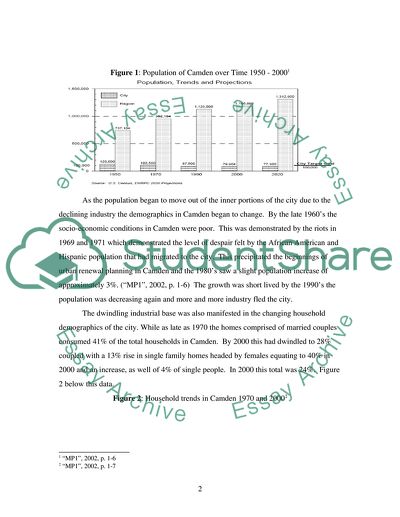Cite this document
(“The Regenration Of Camden: The Effects Of Public Administration Essay”, n.d.)
The Regenration Of Camden: The Effects Of Public Administration Essay. Retrieved from https://studentshare.org/sociology/1511807-the-regenration-of-camden-the-effects-of-public-administration
The Regenration Of Camden: The Effects Of Public Administration Essay. Retrieved from https://studentshare.org/sociology/1511807-the-regenration-of-camden-the-effects-of-public-administration
(The Regenration Of Camden: The Effects Of Public Administration Essay)
The Regenration Of Camden: The Effects Of Public Administration Essay. https://studentshare.org/sociology/1511807-the-regenration-of-camden-the-effects-of-public-administration.
The Regenration Of Camden: The Effects Of Public Administration Essay. https://studentshare.org/sociology/1511807-the-regenration-of-camden-the-effects-of-public-administration.
“The Regenration Of Camden: The Effects Of Public Administration Essay”, n.d. https://studentshare.org/sociology/1511807-the-regenration-of-camden-the-effects-of-public-administration.


